Located in the serene and picturesque town of Kausani in the northern Indian state of Uttarakhand, the Baijnath Temple is a magnificent ancient temple dedicated to Lord Shiva. Built in the 12th century AD by the Katyuri dynasty, the temple is a masterpiece of ancient Indian architecture and artistry, and a significant pilgrimage site for Hindus.
History and Significance
According to legend, the temple was built by the Katyuri king, Raja Baijnath, in honor of Lord Shiva, who is believed to have cured him of a serious illness. The temple is also said to be the site where Lord Shiva and Parvati were married, and it is believed to be one of the twelve Jyotirlingas in India.
The temple complex comprises of several shrines and mandapas, all adorned with intricate carvings and sculptures of Hindu gods and goddesses. The main shrine houses a beautiful black stone lingam, which is the symbolic representation of Lord Shiva.
Architecture and Design
The Baijnath Temple is renowned for its exquisite architecture and design, which showcases a blend of ancient Indian and Nepalese styles. The temple is built entirely of stone and is adorned with intricate carvings and sculptures that depict scenes from Hindu mythology.
The main entrance to the temple is through a massive stone archway, which is flanked by two beautifully carved Nandi bulls. Inside the temple complex, there are several mandapas or pavilions, each adorned with intricate carvings of Hindu deities and scenes from Hindu mythology.
The main shrine of the temple is a rectangular structure with a pyramidal roof, adorned with a series of miniature shrines and sculptures. The lingam is housed inside the sanctum sanctorum, which is adorned with beautiful carvings of Lord Shiva and Parvati.
Visiting Baijnath Temple
The Baijnath Temple is open to visitors throughout the year, and it is one of the most popular tourist attractions in Kausani. Visitors are advised to dress modestly and remove their shoes before entering the temple complex. Photography is allowed outside the temple but is strictly prohibited inside the temple.
It is recommended to visit the temple during the morning or evening, as the temple complex can get quite hot during the day. The best time to visit the temple is during the annual Baijnath Mahadev Fair, which takes place in August and is a major attraction for tourists and pilgrims alike.
How to Reach Baijnath Temple
The Baijnath Temple is located in the town of Baijnath, which is approximately 16 km from the town of Kausani. The nearest airport is the Pantnagar Airport, which is approximately 177 km from Baijnath. The nearest railway station is Kathgodam, which is approximately 142 km from Baijnath. Taxis and buses are available from Kausani and other nearby towns to reach the temple.
Conclusion
The Baijnath Temple in Kausani is a true testament to the rich heritage and culture of ancient India. Its exquisite architecture, intricate carvings, and religious significance make it a must-visit destination for anyone interested in history, culture, and spirituality. With its stunning location in the foothills of the Himalayas and peaceful ambiance, the temple offers a serene and memorable experience for visitors.
FAQs
- Is the Baijnath Temple open to visitors throughout the year? Yes, the Baijnath Temple is open to visitors throughout the year.
- Can I take photographs inside the temple? No, photography is strictly prohibited inside the temple.
- What is the significance of the black stone lingam in the Baijnath Temple?
The black stone lingam in the Baijnath Temple is considered to be one of the twelve jyotirlingas in India, which are believed to be the most sacred and holy lingams of Lord Shiva. According to Hindu mythology, the jyotirlingas are the physical manifestations of Lord Shiva and are worshipped with great devotion and reverence by his devotees. The Baijnath Temple is one of the few temples in India where Lord Shiva is worshipped in the form of the black stone lingam. It is believed that offering prayers to the lingam can help in attaining moksha (salvation) and liberation from the cycle of birth and death.
Travel Tips for Visiting Baijnath Temple
If you are planning to visit the Baijnath Temple, here are some travel tips to keep in mind:
- Best Time to Visit: The best time to visit Baijnath Temple is during the months of March to June and September to November when the weather is pleasant and ideal for sightseeing.
- Dress Code: As with most Indian temples, it is advisable to dress conservatively and cover your head and shoulders while entering the temple premises. Also, remove your shoes before entering the temple.
- Avoid Peak Hours: Try to avoid visiting the temple during peak hours, especially during weekends and festivals, as it can get crowded and you may have to wait in long queues for darshan (viewing of the deity).
- Accommodation: There are many budget and luxury hotels available near Baijnath Temple, so you can easily find a suitable accommodation option as per your preference and budget.
- Transportation: Baijnath Temple is well connected by road, and you can easily reach there by hiring a taxi or taking a bus from nearby cities like Kausani, Almora, and Ranikhet. The nearest railway station is Kathgodam, and the nearest airport is Pantnagar, both of which are well connected to major cities in India.
- Other Attractions: Apart from Baijnath Temple, you can also visit other nearby attractions like Kausani Tea Estate, Rudradhari Waterfall, and Bageshwar Temple, which are located within a few kilometers of the temple.
By following these travel tips, you can make your visit to Baijnath Temple a memorable and hassle-free experience.








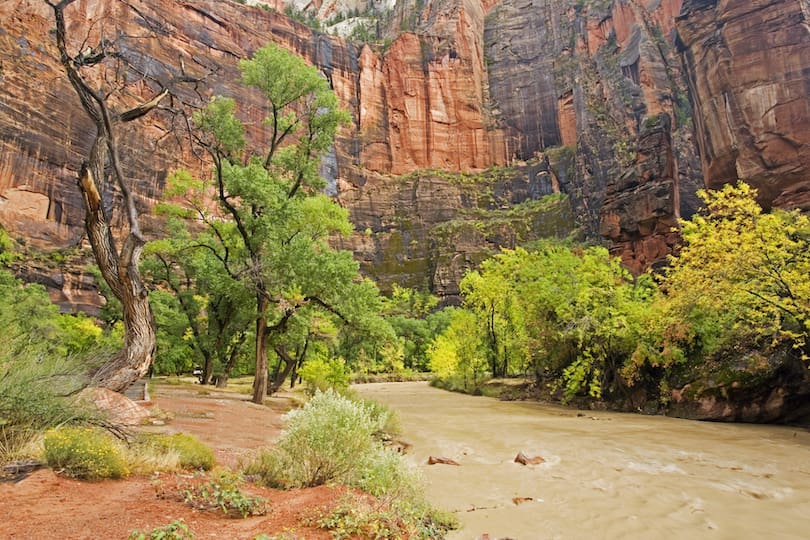
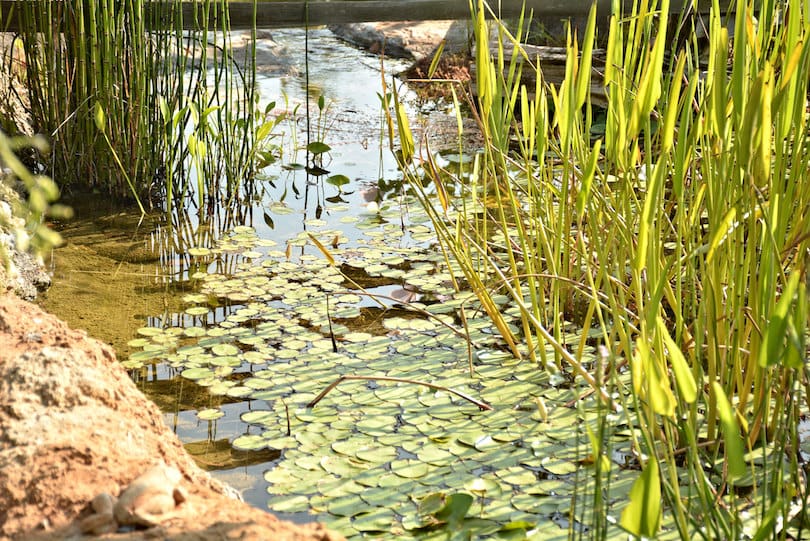
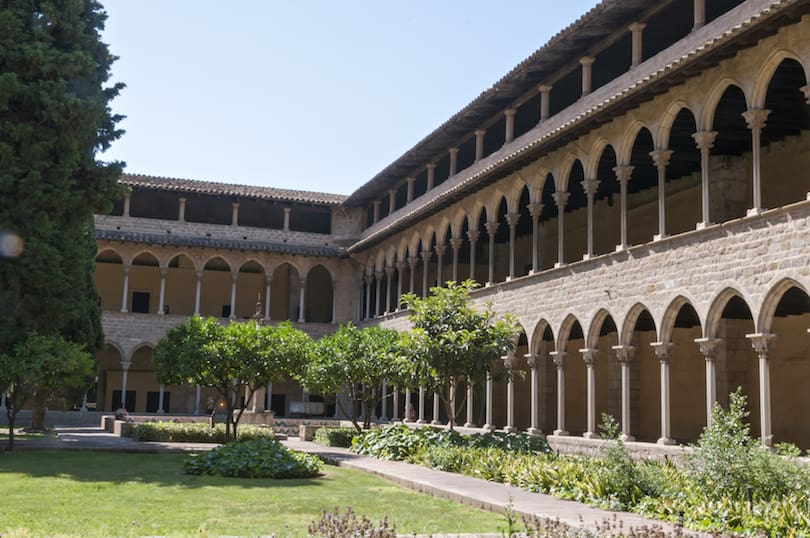
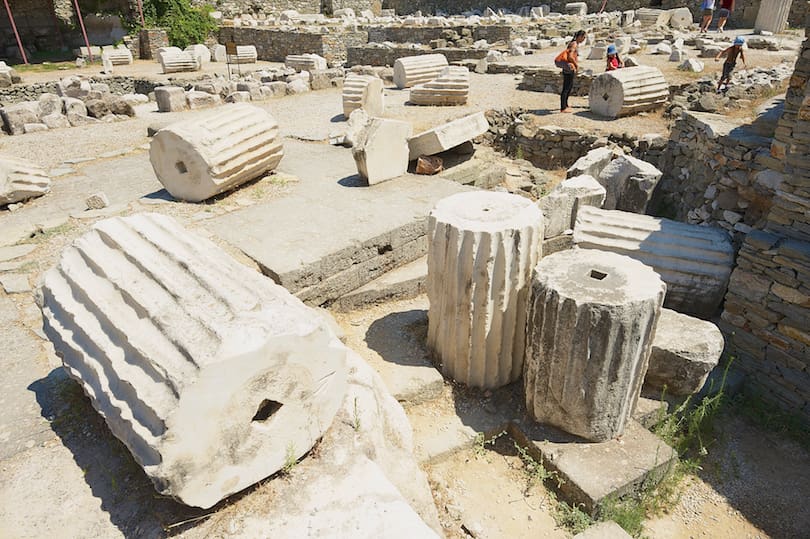


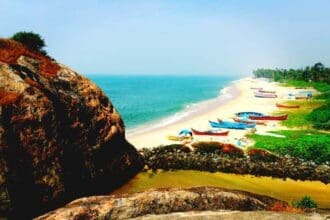



Spot on with this write-up, I actually assume this website needs way more consideration. I’ll in all probability be again to read rather more, thanks for that info.
I love your blog.. very nice colors & theme. Did you create this website yourself? Plz reply back as I’m looking to create my own blog and would like to know wheere u got this from. thanks
Would love to constantly get updated outstanding web site! .
This really answered my problem, thank you!
buy amoxil without prescription – order generic amoxil purchase amoxil online cheap
purchase diflucan sale – https://gpdifluca.com/# buy fluconazole 100mg generic